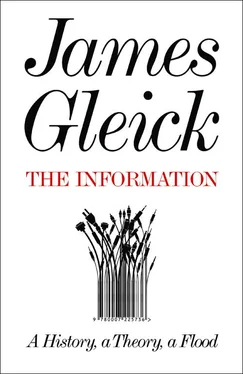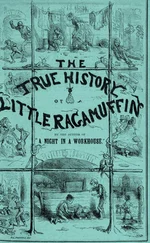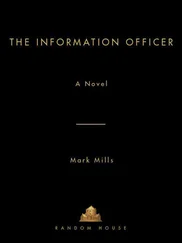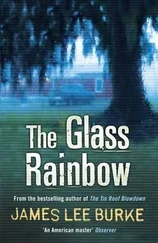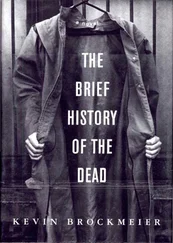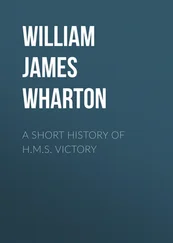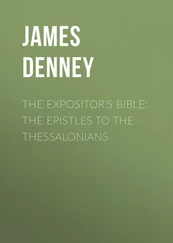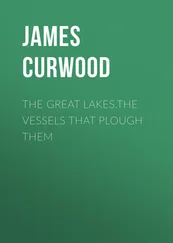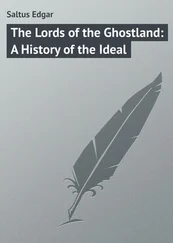The stereotyped long tails flap along, their redundancy overcoming ambiguity. The drum language is creative, freely generating neologisms for innovations from the north: steamboats, cigarettes, and the Christian god being three that Carrington particularly noted. But drummers begin by learning the traditional fixed formulas. Indeed, the formulas of the African drummers sometimes preserve archaic words that have been forgotten in the everyday language. For the Yaunde, the elephant is always “the great awkward one.” The resemblance to Homeric formulas—not merely Zeus, but Zeus the cloud-gatherer; not just the sea, but the wine-dark sea—is no accident. In an oral culture, inspiration has to serve clarity and memory first. The Muses are the daughters of Mnemosyne.
Neither Kele nor English yet had words to say, allocate extra bits for disambiguation and error correction . Yet this is what the drum language did. Redundancy—inefficient by definition—serves as the antidote to confusion. It provides second chances. Every natural language has redundancy built in; this is why people can understand text riddled with errors and why they can understand conversation in a noisy room. The natural redundancy of English motivates the famous New York City subway poster of the 1970s (and the poem by James Merrill),
if u cn rd ths
u cn gt a gd jb w hi pa!
(“This counterspell may save your soul,” Merrill adds.) Most of the time, redundancy in language is just part of the background. For a telegraphist it is an expensive waste. For an African drummer it is essential. Another specialized language provides a perfect analog: the language of aviation radio. Numbers and letters make up much of the information passed between pilots and air traffic controllers: altitudes, vectors, aircraft tail numbers, runway and taxiway identifiers, radio frequencies. This is critical communication over a notoriously noisy channel, so a specialized alphabet is employed to minimize ambiguity. The spoken letters B and V are easy to confuse; bravo and victor are safer. M and N become mike and november . In the case of numbers, five and nine , particularly prone to confusion, are spoken as fife and niner . The extra syllables perform the same function as the extra verbosity of the talking drums.
After publishing his book, John Carrington came across a mathematical way to understand this point. A paper by a Bell Labs telephone engineer, Ralph Hartley, even had a relevant-looking formula: H = n log s , where H is the amount of information, n is the number of symbols in the message, and s is the number of symbols available in the language. Hartley’s younger colleague Claude Shannon later pursued this lead, and one of his touchstone projects became a precise measurement of the redundancy in English. Symbols could be words, phonemes, or dots and dashes. The degree of choice within a symbol set varied—a thousand words or forty-five phonemes or twenty-six letters or three types of interruption in an electrical circuit. The formula quantified a simple enough phenomenon (simple, anyway, once it was noticed): the fewer symbols available, the more of them must be transmitted to get across a given amount of information. For the African drummers, messages need to be about eight times as long as their spoken equivalents.
Hartley took some pains to justify his use of the word information . “As commonly used, information is a very elastic term,” he wrote, “and it will first be necessary to set up for it a more specific meaning.” He proposed to think of information “physically”—his word—rather than psychologically. He found the complications multiplying. Somewhat paradoxically, the complexity arose from the intermediate layers of symbols: letters of the alphabet, or dots and dashes, which were discrete and therefore easily countable in themselves. Harder to measure were the connections between these standins and the bottom layer: the human voice itself. It was this stream of meaningful sound that still seemed, to a telephone engineer as much as an African drummer, the real stuff of communication, even if the sound, in turn, served as a code for the knowledge or meaning below. In any case Hartley thought an engineer should be able to generalize over all cases of communication: writing and telegraph codes as well as the physical transmission of sound by means of electromagnetic waves along telephone wires or through the ether.
He knew nothing of the drums, of course. And no sooner did John Carrington come to understand them than they began to fade from the African scene. He saw Lokele youth practicing the drums less and less, schoolboys who did not even learn their own drum names. He regretted it. He had made the talking drums a part of his own life. In 1954 a visitor from the United States found him running a mission school in the Congolese outpost of Yalemba. Carrington still walked daily in the jungle, and when it was time for lunch his wife would summon him with a fast tattoo. She drummed: “White man spirit in forest come come to house of shingles high up above of white man spirit in forest. Woman with yams awaits. Come come.”
Before long, there were people for whom the path of communications technology had leapt directly from the talking drum to the mobile phone, skipping over the intermediate stages.
1 The trip was sponsored by the Society for the Extinction of the Slave Trade and the Civilization of Africa for the purpose of interfering with slavers.
2 “A very short experience, however, showed the superiority of the alphabetic mode,” he wrote later, “and the big leaves of the numbered dictionary, which cost me a world of labor, . . . were discarded and the alphabetic installed in its stead.”
3 Operators soon distinguished spaces of different lengths—intercharacter and interword—so Morse code actually employed four signs.
Chapter Two
The Persistence of the Word
(There Is No Dictionary in the Mind)
Odysseus wept when he heard the poet sing of his great deeds abroad because, once sung, they were no longer his alone. They belonged to anyone who heard the song.
—Ward Just (2004)
“TRY TO IMAGINE,” proposed Walter J. Ong, Jesuit priest, philosopher, and cultural historian, “a culture where no one has ever ‘looked up’ anything.” To subtract the technologies of information internalized over two millennia requires a leap of imagination backward into a forgotten past. The hardest technology to erase from our minds is the first of all: writing. This arises at the very dawn of history, as it must, because the history begins with the writing. The pastness of the past depends on it.
It takes a few thousand years for this mapping of language onto a system of signs to become second nature, and then there is no return to naïveté. Forgotten is the time when our very awareness of words came from seeing them. “In a primary oral culture,” as Ong noted,
the expression “to look up something” is an empty phrase: it would have no conceivable meaning. Without writing, words as such have no visual presence, even when the objects they represent are visual. They are sounds. You might “call” them back—“recall” them. But there is nowhere to “look” for them. They have no focus and no trace.
In the 1960s and ’70s, Ong declared the electronic age to be a new age of orality—but of “secondary orality,” the spoken word amplified and extended as never before, but always in the context of literacy: voices heard against a background of ubiquitous print. The first age of orality had lasted quite a bit longer. It covered almost the entire lifetime of the species, writing being a late development, general literacy being almost an afterthought. Like Marshall McLuhan, with whom he was often compared (“the other eminent Catholic-electronic prophet,” said a scornful Frank Kermode), Ong had the misfortune to make his visionary assessments of a new age just before it actually arrived. The new media seemed to be radio, telephone, and television. But these were just the faint glimmerings in the night sky, signaling the light that still lay just beyond the horizon. Whether Ong would have seen cyberspace as fundamentally oral or literary, he would surely have recognized it as transformative: not just a revitalization of older forms, not just an amplification, but something wholly new. He might have sensed a coming discontinuity akin to the emergence of literacy itself. Few understood better than Ong just how profound a discontinuity that had been.
Читать дальше
